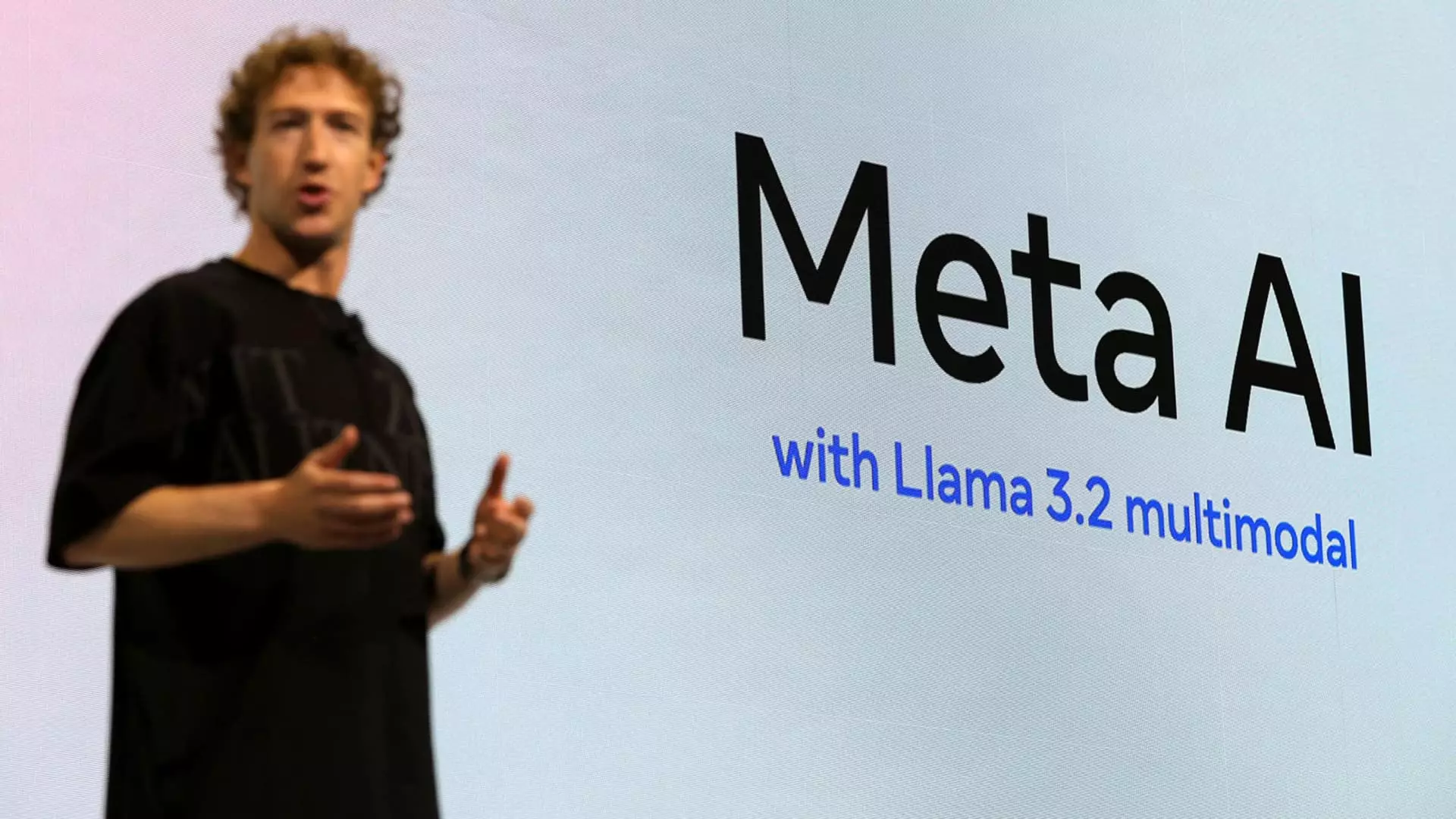In a landmark ruling that pitted artificial intelligence against the rights of authors, U.S. District Judge Vince Chhabria has sided with Meta in a significant copyright case. The decision serves as an unsettling reminder of how rapidly advancing technology can outpace established legal frameworks. While the ruling may be celebrated in tech circles as a triumph for innovation, it also raises urgent questions about the future of creative work in the face of omnipresent AI models like Llama. The outcome signals a precarious balance between fostering technological growth and safeguarding the rights of creators, emphasizing that what might serve the tech industry could severely undermine the livelihoods of artists and writers.
Fair Use: A Double-Edged Sword
At the heart of the controversy lies the “fair use” doctrine, a legal principle intended to balance the interests of copyright holders with those of the public. Judge Chhabria affirmed that Meta’s utilization of authors’ works for training its AI models fell under this doctrine. However, the judge’s own admission that “it is generally illegal to copy protected works without permission” casts a long shadow over this ruling. While the court determined that the specific arguments presented by the plaintiffs were flawed, the implications are troubling. If companies like Meta can leverage the fair use clause to sidestep copyright altogether, they might effectively monopolize the narratives and creativity of established authors without so much as a nod or a payment.
Sarah Silverman and Ta-Nehisi Coates, notable figures among the plaintiffs, argued that Meta’s actions directly harmed the market for their works, an assertion the court found lacking. But this ruling should serve as a wakeup call to anyone concerned about the sanctity of creative property. The court has clearly allowed for the possibility that while Meta’s current practices may not have inflicted harm, future applications and entities exploiting the same rationale could precipitate substantial damage to the literary ecosystem.
The Flaws in Meta’s Defense
While the judge criticized the plaintiffs’ arguments, he did not spare Meta from scrutiny. His remarks regarding the “public interest” being “badly disserved” if companies were barred from using copyrighted text highlight a significant discrepancy in Meta’s defense. The implication that restricting such practices could stifle innovation is, frankly, absurd. As the judge elaborated, the notion that development in AI would stall due to copyright restrictions is an oversimplification that fails to account for the myriad ways innovation can occur without infringing upon creator rights.
It’s imperative that society demands more robust protections for authors in an age where their work can be consumed by machines faster than by readers, let alone compensated fairly. The precedent set here is dangerous: it suggests that the creativity of individuals may be secondary to the growth metrics of multibillion-dollar enterprises.
The Unfolding Narrative of AI and Copyright
The ruling does not merely affect the thirteen authors involved; it leaves the door wide open for Meta and similar companies to exploit the creative works of countless writers devoid of sufficient accountability. With many authors left to wonder where their rights stand, the consequences of this ruling extend far beyond this particular case. There is a sense of impending doom for many in the creative industry as AI and machine learning evolve steadily and unabated.
Moreover, the ruling arrives alongside troubling currents in legal disputes elsewhere, evident in a separate case against Anthropic. The mixed ruling from the federal court over Anthropic’s training practices underscores the chaotic legal landscape surrounding AI and copyright. The persistence of these complex legal battles suggests a lingering unaddressed tension between technological advancement and the rights of original content creators. It’s vital for the judicial system to evolve—to not only understand the nuances of AI but to redefine the legal boundaries of creativity in a digital age.
The need for a more equitable framework for copyright in the face of powerful AI technologies is pressing. Without meaningful reforms and clearer definitions of fair use, we risk creating an environment where the fruits of human creativity are but fodder for algorithms, siphoning the joy and accounting from original works. In this ongoing narrative, the legal system must safeguard not just the profits of corporations, but the very essence of creativity itself.

